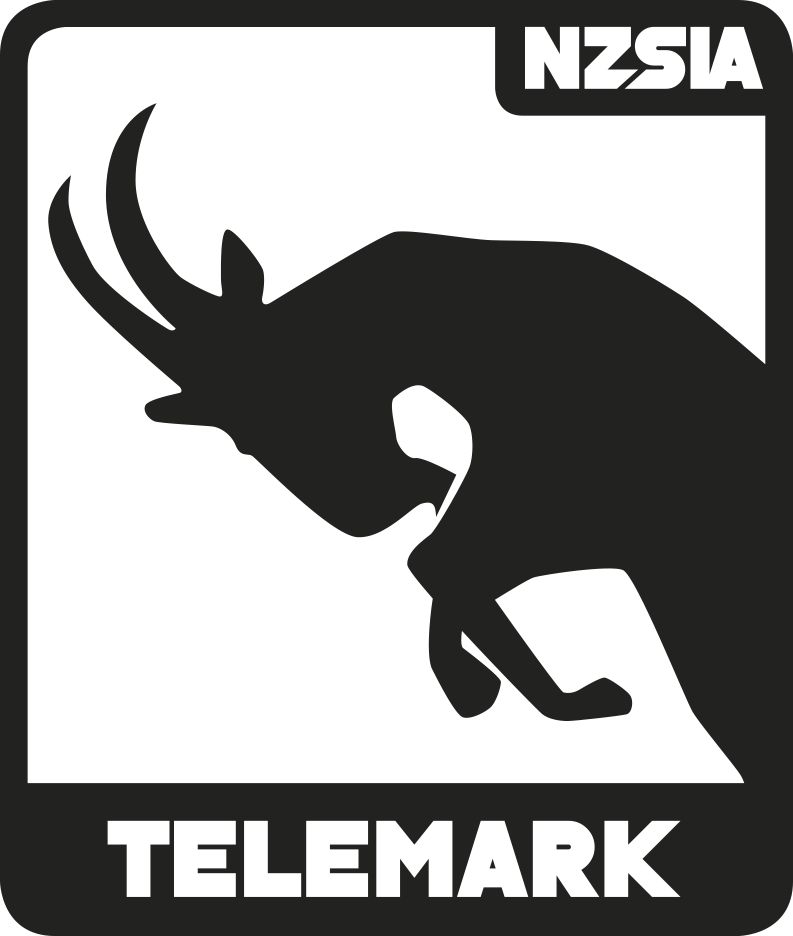Biomechanics of Telemark Skiing. A foundational knowledge of anatomy helps telemark skiers understand how the body moves and performs during skiing. This section outlines key bones, joints, and muscles, focusing on their function and contribution to balanced, efficient skiing. By connecting anatomical principles with skiing mechanics, instructors can improve performance, prevent injury, and provide clearer coaching. While the descriptions here are simplified for clarity, they provide a practical understanding of how the body supports dynamic telemark movement.
Connectors & Cushions
In addition to the muscles there are other soft tissues that help support and connect body parts or separate different types of tissues and organs. The two kinds of connective tissue most commonly referred to in skiing are ligaments and tendons. Tendons and ligaments are both made of collagen. A ligament is a band of tough, dense, fibrous tissue connecting bones to other bones.
Ligaments
Ligaments are important components of both structural and joint stability. For example, the anterior cruciate ligament (ACL) is a large ligament connecting the back of the femur to the front of tibia. When the hamstring stretches past an effective point, the ACL is one of the primary ligaments that serves to maintain knee joint stability.
Tendons
Tendons are the tough fibrous cords that connect bone to muscle. When a muscle tenses, it applies force, pulling the tendon(s) connecting a muscle or muscle group to a bone. As force is transmitted through the tendon to the bone a joint flexes or extends. Tendons also have elastic qualities which help to manage forces acting on the body and aid in stability.
Cartilage
Cartilage forms the slippery surface of the bone ends in the joints.

